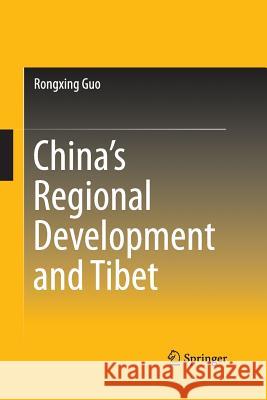China's Regional Development and Tibet » książka
topmenu
China's Regional Development and Tibet
ISBN-13: 9789811012945 / Angielski / Miękka / 2016 / 195 str.
China's Regional Development and Tibet
ISBN-13: 9789811012945 / Angielski / Miękka / 2016 / 195 str.
cena 194,52 zł
(netto: 185,26 VAT: 5%)
Najniższa cena z 30 dni: 192,74 zł
(netto: 185,26 VAT: 5%)
Najniższa cena z 30 dni: 192,74 zł
Termin realizacji zamówienia:
ok. 20 dni roboczych.
ok. 20 dni roboczych.
Darmowa dostawa!
Kategorie:
Kategorie BISAC:
Wydawca:
Springer
Język:
Angielski
ISBN-13:
9789811012945
Rok wydania:
2016
Wydanie:
Softcover Repri
Ilość stron:
195
Waga:
0.31 kg
Wymiary:
23.39 x 15.6 x 1.17
Oprawa:
Miękka
Wolumenów:
01
Dodatkowe informacje:
Wydanie ilustrowane











